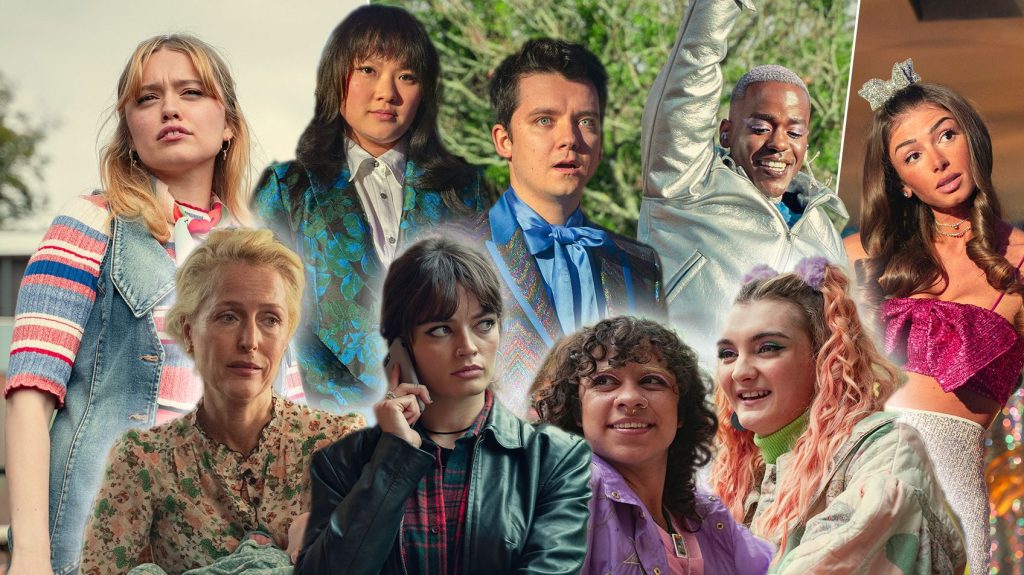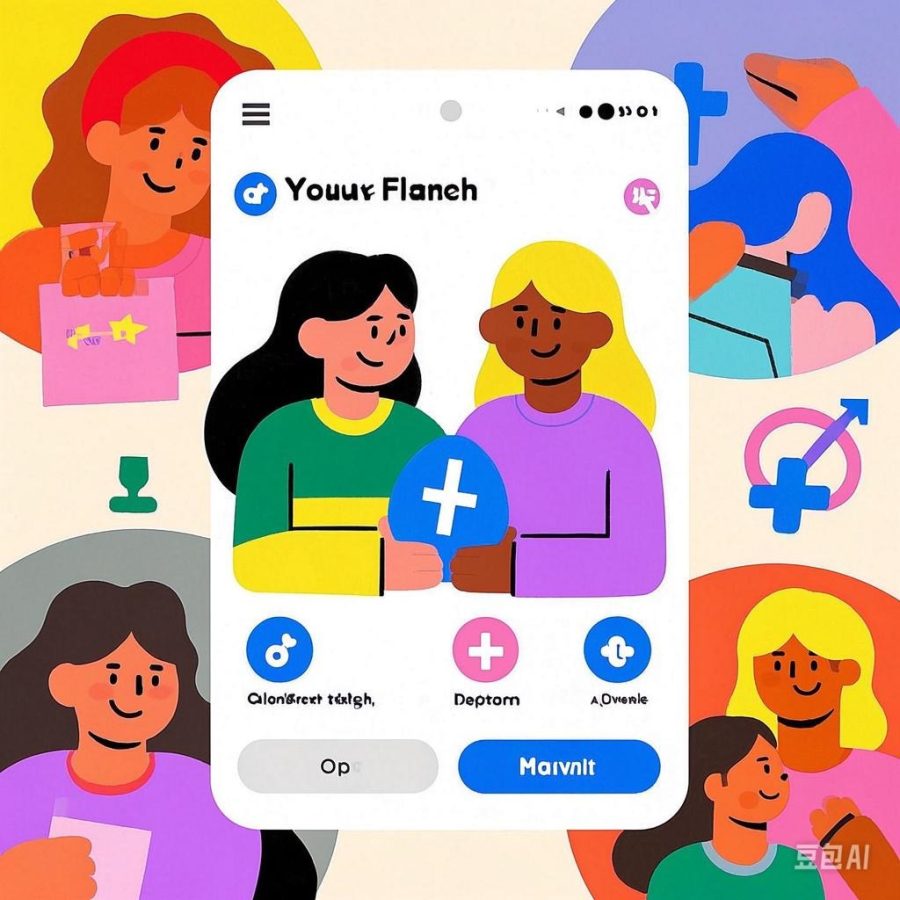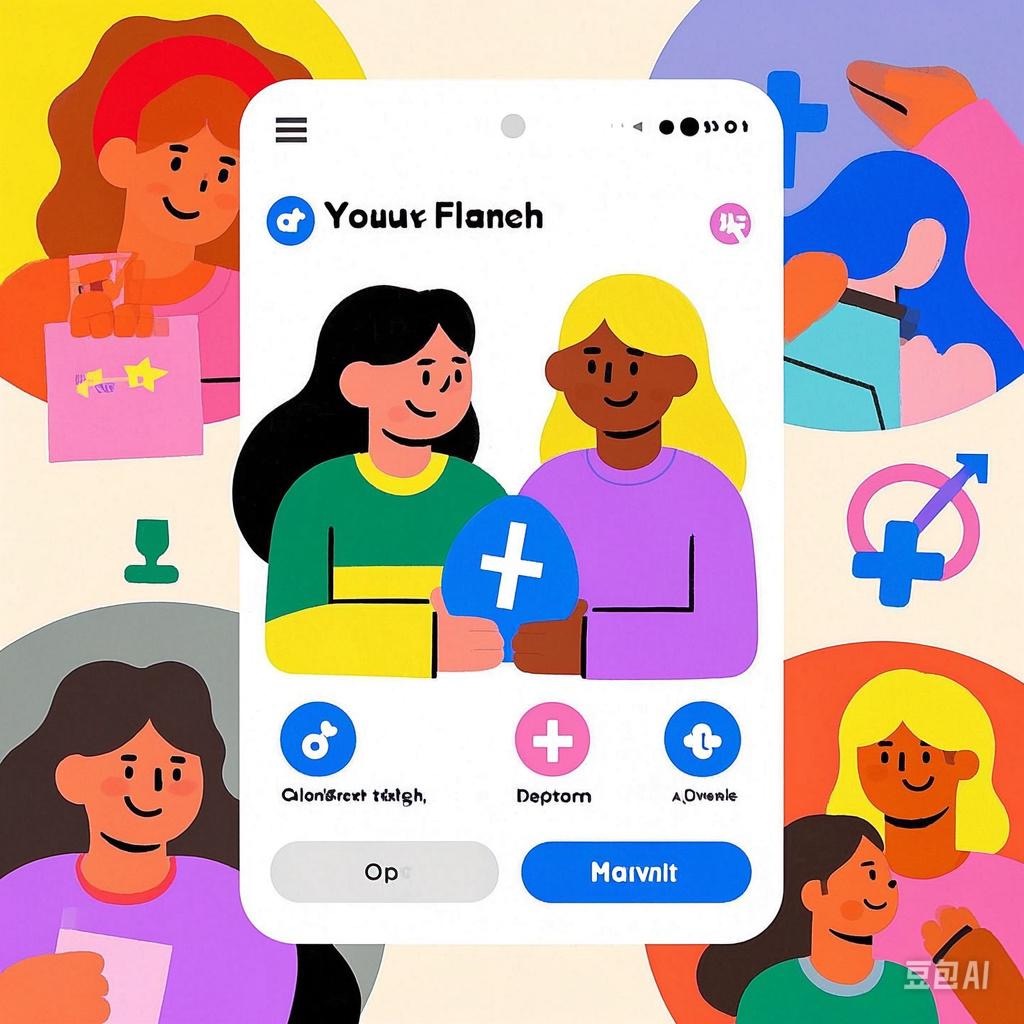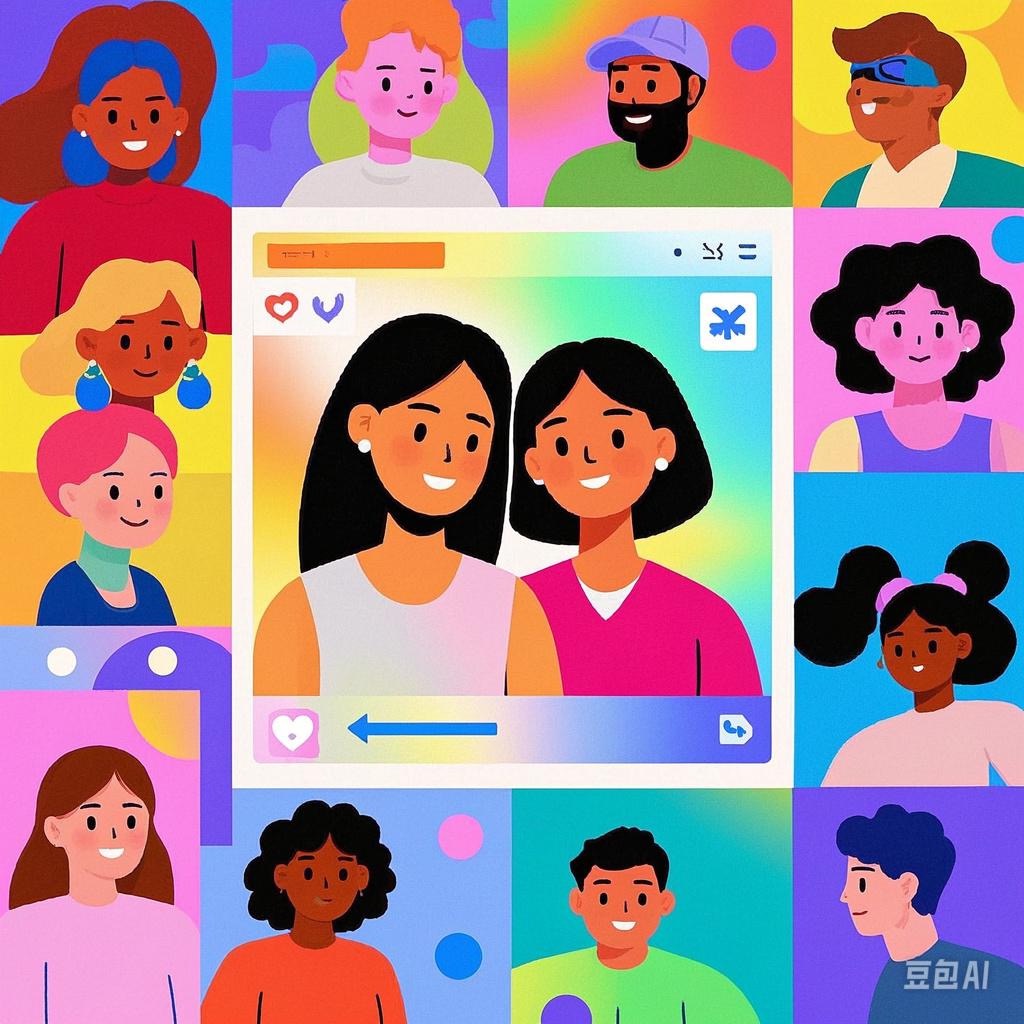The Male Gaze Revisited
Laura Mulvey’s Male Gaze theory critiques traditional cinema’s portrayal of women through male-centric perspectives. This gaze is not just a mode of looking but an entrenched power dynamic. In digital media, this dynamic persists, albeit in nuanced forms.

Gender Narratives in Digital Media
On TikTok and Instagram, female creators appear to enjoy more freedom in self-representation. Yet, algorithmic structures often perpetuate traditional stereotypes. For instance, many female creators feel pressured to conform to male expectations for likes and visibility. This highlights how “self-representation” is commodified under platform capitalism.
Breaking Free from the Male Gaze
Despite these challenges, digital media also enables new narratives. Shows like Sex Education explore gender and identity through diverse lenses, challenging traditional stereotypes. Moreover, bell hooks’ concept of the “oppositional gaze” offers strategies for critical engagement with media, encouraging viewers to disrupt dominant narratives.
Reflection and Vision
To move beyond the male gaze, both cultural and technological changes are essential. Platforms should design inclusive algorithms, while audiences must develop gender sensitivity to foster equitable media environments.
References:
• Mulvey, L. (1975). Visual Pleasure and Narrative Cinema.
• hooks, b. (1992). Black Looks: Race and Representation.
• Gill, R. (2007). Postfeminist Media Culture: Elements of a Sensibility.




Hi Weiyi, thank you for this interesting summary of the male gaze! I like that you added the impacts of and challenges to the male gaze; it adds depth to the discussion. The objectification and narrative marginalisation of female characters are very annoying to see as a viewer. It is also quite depressing to see women being reduced to nothing but a love interest and sex symbol. Even worse is knowing people take this to heart and actually believe that women are not worth anything more. I think movies reflect society in that way, which is why it is nice to see movies incorporating good female characters more often.
As a tip, I would add a featured image – it is more eye-catching, and people will immediately see what your article is about (and it is being graded). It could also be helpful to illustrate what you explained based on an example. Using an example could enhance your points and make them more applicable in real life. That way, the readers can visualise the theory better!